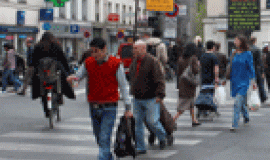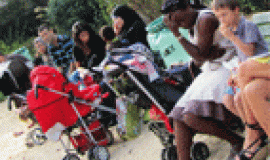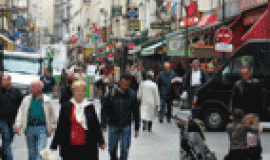
The hegemony of the GDP as summary indicator has been challenged because it does not take into consideration human development in its entirety.
This has led governments as well as many French regional authorities to put complementary indicators into place.
In Ile-de-France, the regional Council established indicators to follow the territory’s social situation.
In Paris, the Parisian Observatory for Social Inclusion and the Fight Against Exclusion wanted to acquire similar tools. The decision was made to adapt the indicators already in use in the region to a Parisian scale. They first addressed human development indicators (IDH2), which give information about territorial disparities in regards to health, education and income.
On the scale of Paris and at the centre of the Parisian conglomeration, this indicator showed an overall improvement between 1999 and 2006 but signaled rifts in the disparities between east and west.
A second regional indicator was adapted to Paris, the social health indicator (ISS), which makes it possible to follow the evolution of the social situation each year based on seven themes (health, housing, education, employment, income and basic welfare benefits, territory, over-indebtedness).
This indicator showed a social situation which deteriorated from 2001 to 2005, improved from 2006 to 2008 and deteriorated again in 2009 in reaction to the economic crisis.






